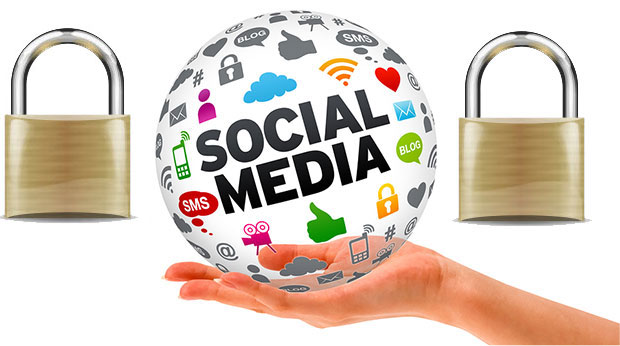When you use social networking sites like Facebook, Twitter, Foursquare, or the dozens of other ways to share information online, you enjoy easily connecting with other people. But do you pay enough attention to who is connecting to you? If you’re not careful, information you intend to make private to a handful of your closest friends and family might be made available to anyone with Internet access. To protect yourself from over sharing, take these basic social media security measures.

1. Think About Who You Friend
Treat your friend list like an exclusive club, and you’re A the bouncer. You wouldn’t just let just anyone into your place, would you? Always remember that everyone on your friend list is able to see all of your updates, so you don’t just want to friend random folks, or casual acquaintances. The person making the request might be an old friend from grade school, but they also might be a complete stranger, a spammer, or even someone who wants to stalk you. As a rule of thumb, if you don’t really know them, reject the friend request.
2. Actually Use Your Privacy Settings
Most social networks give you options in terms of how much exposure you want for your posts. Since these websites have something to gain from having as much of your personal information publicly available as possible, the default settings allow your personal information to be exposed to just about anyone, yet these are usually left completely untouched. Manually change your default settings to “private” to avoid unwanted attention from strangers on your photos or updates.
3. Limit Location Services
The advantage to using services that broadcast your location is that everyone knows where you are. The downside is … everyone knows where you are. This makes you vulnerable to stalkers and even criminals. Constantly telling your social network where you move throughout the day is unnecessary and gives sketchy people online up-to-date information about your location.
4. Beware Of Friends You Only Know Online
Do you really know that person you’re chatting with online? Or are they actually nothing but a name and a picture to you? Some profiles have all the appearances of being real, but they are actually elaborate personas. These fake profiles are common in the popular scheme known at catfishing. How can you really know if that special someone you’re chatting with isn’t real? You could always ask your parents to help you access public records to see if your online “friend” is real or just a figment of someone else imagination.
5. Don’t Post Super Personal Information
Posting about the Twilight movie you watched last weekend with your friends is fine; posting your personal email, phone number, or home address is—isn’t. If you want to communicate this information to people individually, send a private message. But connecting your social media account to really personal information creates completely avoidable privacy problems. Don’t post anything super personal, even if you’re confident that only your tight group of friends will see it.
Make Safety Your Priority
Remember: If something is made public on the Internet, it’s there forever, for anyone to see. Be cautious about who you share updates and photos with, the kind of information you share, and how you share it, and you can enjoy all the perks of social media, without any negative backlash.
Carl Karrington is a blogger who writes about technology, social media, and issues concerning teens.
